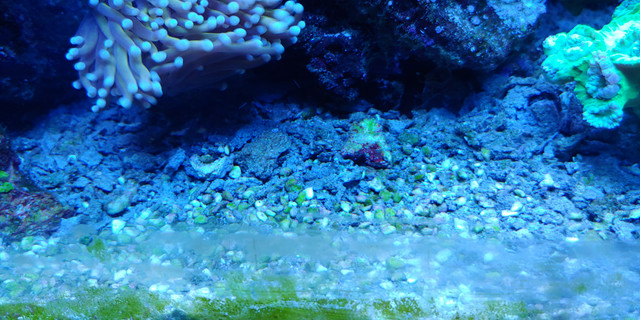Hello
I need some suggestions
How to get rid hair algae on the rocks?
I've discovered the issue, it's worng cement used 8 months ago to glue live rocks, but Fluocanazole doesn't work
I woulk like to avoid to remove rocks and start with another one.
Maybe ZEOLITE or ALGAE SCRUBBER could help?
In the last 3 months I've bought new osmosis system with 5 stadium, I've changed 30% weekly water of my reef tank (80gallons net volume), but probably silicates released by cement is already present.
I need some suggestions
How to get rid hair algae on the rocks?
I've discovered the issue, it's worng cement used 8 months ago to glue live rocks, but Fluocanazole doesn't work
I woulk like to avoid to remove rocks and start with another one.
Maybe ZEOLITE or ALGAE SCRUBBER could help?
In the last 3 months I've bought new osmosis system with 5 stadium, I've changed 30% weekly water of my reef tank (80gallons net volume), but probably silicates released by cement is already present.



